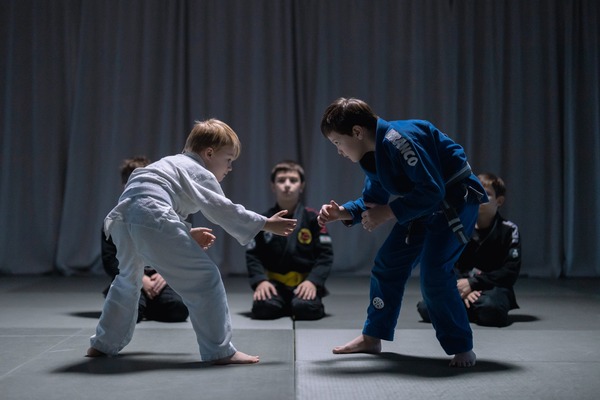Parenting Playbook: How to Support Your Child in Sport Selection
Parents want only the best for their child. This extends to their athletic pursuits, where the selection of the right sport can play a pivotal role in their personal growth and development. A thoughtful sport selection not only provides an outlet for physical activity but also encourages valuable lessons such as teamwork, resilience, and discipline.
However, the challenge often lies in identifying the right fit among a plethora of sports, each with its unique demands and benefits. This article aims to shed light on how to effectively support your child in this critical decision-making process, focusing on their interests, abilities, and long-term benefits.
Identify Your Child’s Interests
Begin by understanding what your child is interested in. Children are more likely to enjoy and remain committed to sports that they are genuinely interested in, rather than those chosen by their parents. So, if your child loves spending time in the water, considering swim lessons could be a viable option. Conversely, if your child loves the outdoors, then outdoor sports such as hiking or camping may be more suitable. Understanding their interests and capabilities can help narrow down the selection of sports to explore further. The best way to truly grasp your child’s interests is to ask them and simply observe their behavior.
Acknowledge Their Abilities
Every child is unique in their physical capabilities and skill sets. It’s crucial to recognize and acknowledge this while choosing a sport. For instance, if your child excels in agility or hand-eye coordination, they may be suited for sports such as basketball or soccer. If they have a strong throwing arm, exploring pathways to baseball might make sense. These are just some examples of how physical abilities can play an important role when selecting the right sport for your child. If your child has existing medical conditions, it’s also essential to consult with your doctor before making any decisions.
Encourage Exploration
Allow your child to try out different sports. This not only gives them a wide range of experiences but also helps them find a sport that they may want to pursue more seriously. Consider setting aside a few hours each week to explore and experiment with different sports. This will also provide the opportunity for your child to find which sports they’re good at, as well as develop an understanding of what sport best aligns with their interests and abilities. While you have the best intentions to support your child, it’s important to keep in mind that they may eventually choose a sport that isn’t what you originally envisioned for them. It is important to accept and respect their choice while providing guidance and support if needed.
Consider the Long-term Benefits
Look beyond immediate gains and consider the long-term benefits, including physical health, social skills, and academic performance. After all, physical activity not only strengthens the body but also improves mental and social well-being. With this in mind, think about how each sport can provide long-term benefits for your child. For instance, team sports are a great way to hone communication skills and foster relationships with teammates. Individual sports such as running can help build self-confidence while improving focus and concentration.
Promote a Healthy Attitude Towards Sports
Teach your child to enjoy the process of learning and playing, rather than focusing solely on winning. This promotes a healthy attitude towards sports and competition. Encourage them to have fun and celebrate the small wins along the way. Make sure that they take breaks, watch their nutrition, and get enough rest as well. This will ensure that your child develops a healthy balance between sports and other activities.

Ensure Safety
Always consider the safety aspect of any sport. Make sure the sport is age-appropriate and that all necessary safety measures are in place. Read up on the sport and attend coaching sessions to ensure your child is learning in a safe environment. Ask questions about safety protocols, such as protective gear and injury prevention measures, before committing to any particular sport. Safety should always be the number one priority when selecting a sport for your child. Although competition can be beneficial, it should not come at the cost of safety.
Provide Emotional Support
Last but not least, be there for your child. Encourage them when they perform well, and more importantly, support them when they don’t. Your emotional support will give your child the confidence to persevere in any sport they choose. It’s also important to keep in mind that if your child is struggling with a particular sport, it may be time to reassess their selection and explore other options.
Sports can undoubtedly contribute to the physical and mental development of our children. With thoughtful guidance and support, we can help our kids identify the sports they are most suited for so that together, parents and children can embark on a meaningful journey of physical fitness, personal growth, and overall well-being. It’s important to remember that each child is an individual with their own unique abilities and interests. With this in mind, it’s essential to create a supportive environment where your child can practice sports without feeling pressured or held back. When children feel safe and secure in their sports selections, they will likely excel and reap the long-term benefits of sports.











